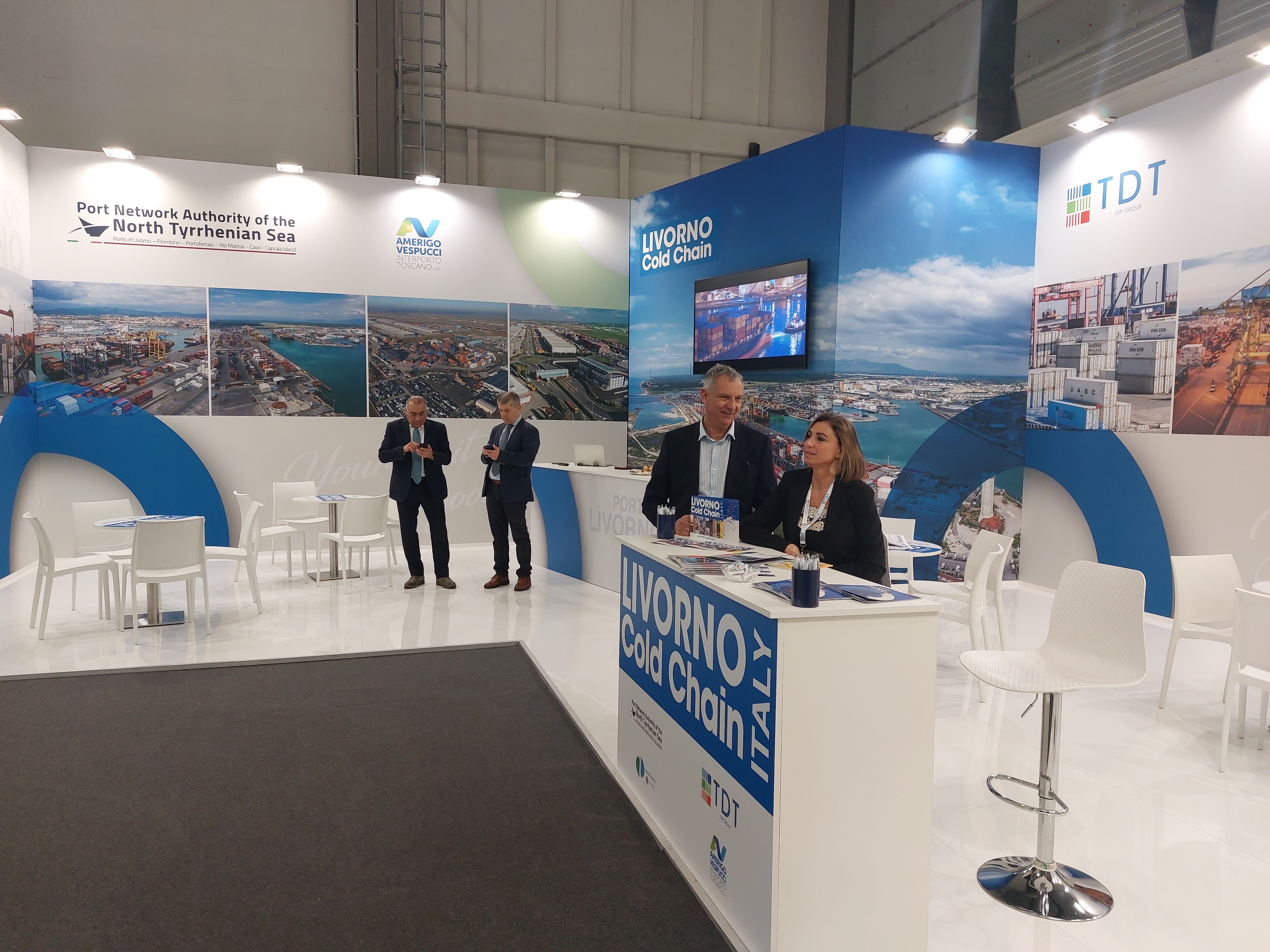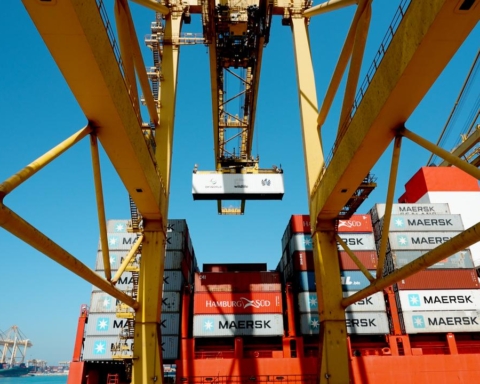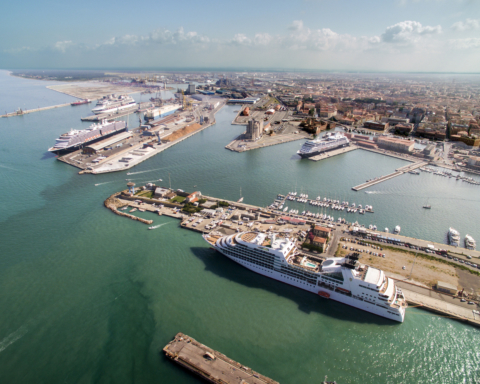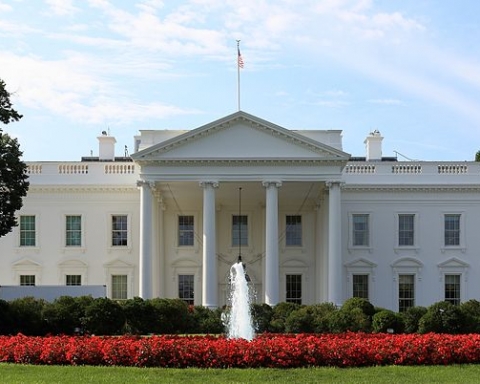Not just a project but an organizational model that can increasingly adapt to the constant changes and new challenges of sustainable transition, digital transformation and system integration.
Two years after taking part in the previous edition of Fruit Logistica, and after the long break due to the pandemic, the Port of Livorno is back in Berlin with its Cold Chain and cross-management approach, enabling cold chain actors to integrate their business processes to deliver products, services and information without any hiccups.
Darsena Toscana Terminal (Tdt), with over 890 sockets for the storage of refrigerated containers, 70 of which in the inspection area; Livorno Reefer Terminal (LR), on the industrial canal, covering an area of 11 thousand square meters. Vespucci freight village, providing 4,500 square meters of refrigerated warehouses for fruit and vegetables, plus another 2,000 square meters dedicated to fresh and frozen produce.
This is what Livorno port community showcased at one of the most important events in the international fresh fruit and vegetable trade sector. Not just promoting parts of the port but added value facilities that the port operators, coordinated by the North Tyrrhenian Port Network Authority, were able to showcase, thanks to setting up sound business partnerships.
Many business ties have been set up. As the president of Vespucci freight village , Rocco Nastasi put it: “The fair has definitely produced some very positive results, numerous business contacts have been made over the three days in Berlin. The exhibition stand was meticulously well-designed, and we had the opportunity to showcase ourselves as an integrated cluster to operators and potential customers, presenting the new warehouse dedicated to frozen products.”
TDT’s commercial director Beppe Caleo was also satisfied, speaking of the great growth opportunities for Livorno in a market that is currently going through a difficult time: “The congestion problems that have affected ports in Northern Europe have led to heavy bottlenecks in the fresh produce distribution chains, prompting many exporters and importers to wonder whether Livorno could become a reference hub for the distribution of fruit and vegetables and frozen products in the Central European area,” he said.
Mr. Caleo pointed out that the percentage of reefer containers handled since 2019 has increased. Three years ago, refrigerated containers handled by TDT accounted for 9.5 % of the total of over 210,000 full containers. Today they represent 11% of the total. “In absolute terms we are almost back to pre-pandemic levels,” Mr. Caleo concluded “This is a significant figure that bodes well for the growth of this business.”
And the over 6,000 refrigerated containers handled by Livorno Reefer Terminal also raise hopes for the future. “In Livorno, the fruit and vegetable sector has found a new quality milestone in the improved integrated logistics network,” said LR President Enzo Raugei, speaking of the Berlin fair as a positive experience.
“Now we have to aim to further implement the cold chain, facilitating, for example, , the integration of customs control services through the Tuscan Port Community System. The next step? The creation of a web platform where Livorno can present its cold chain logistics potential.”
Translation by Giles Foster




